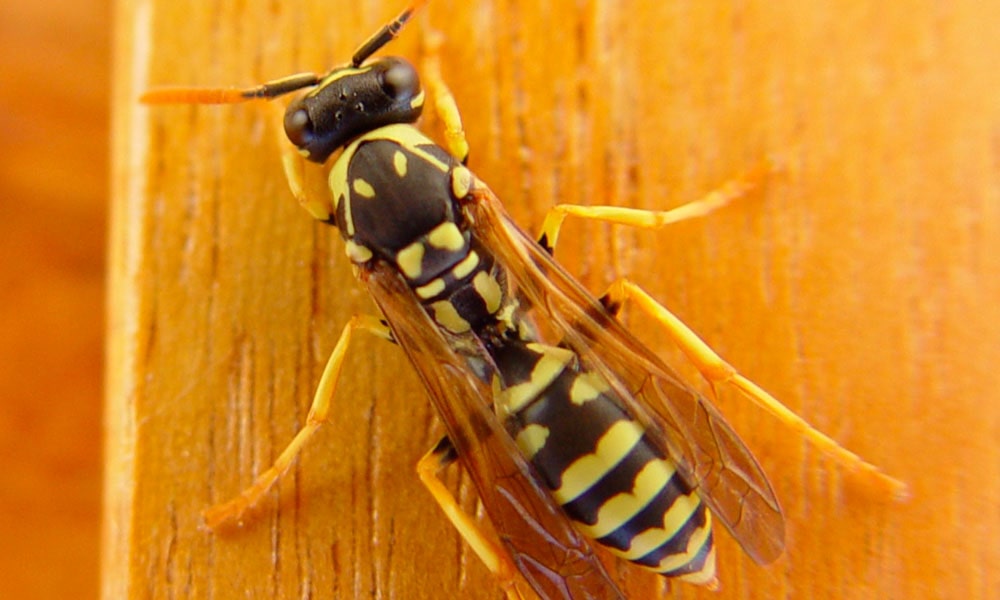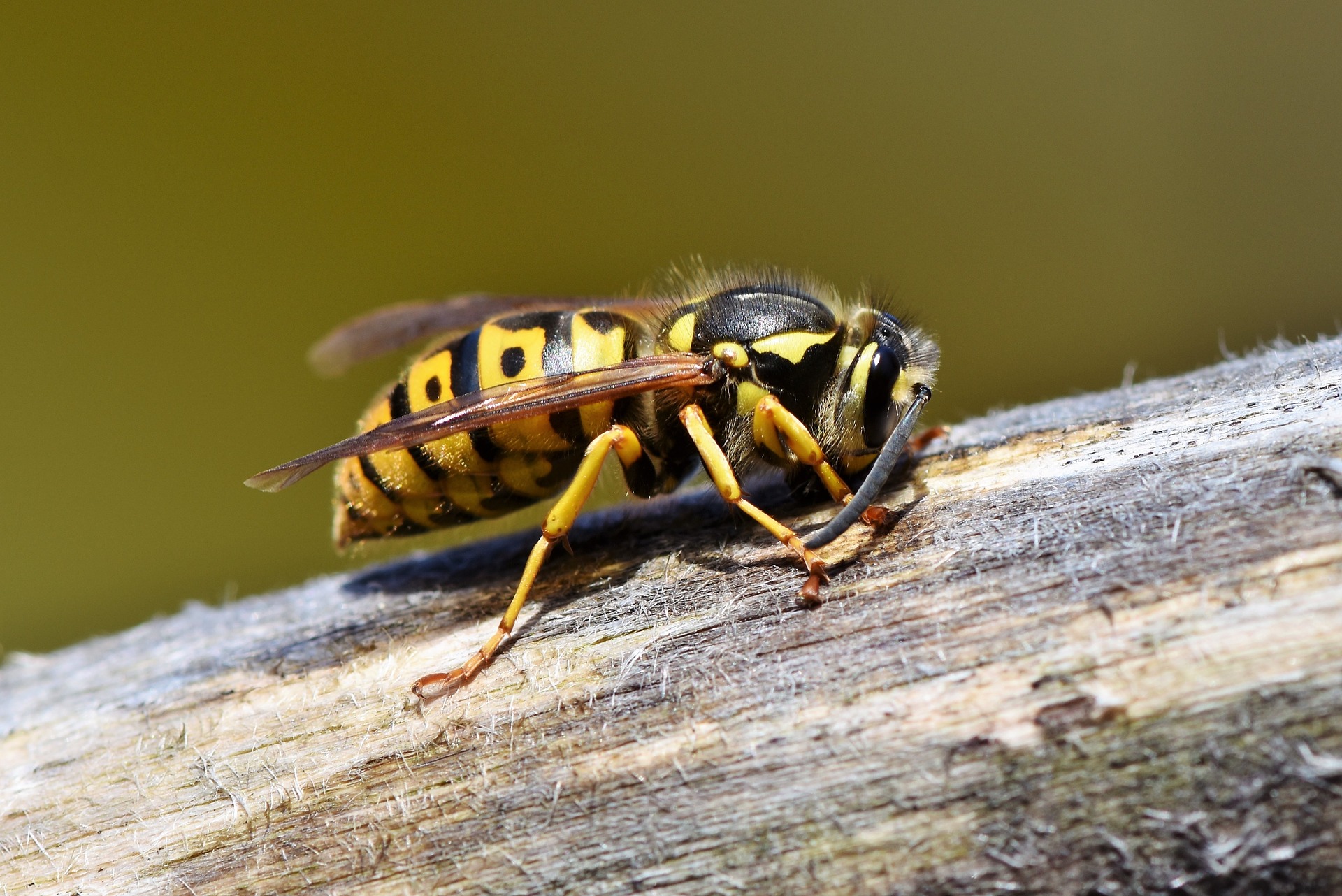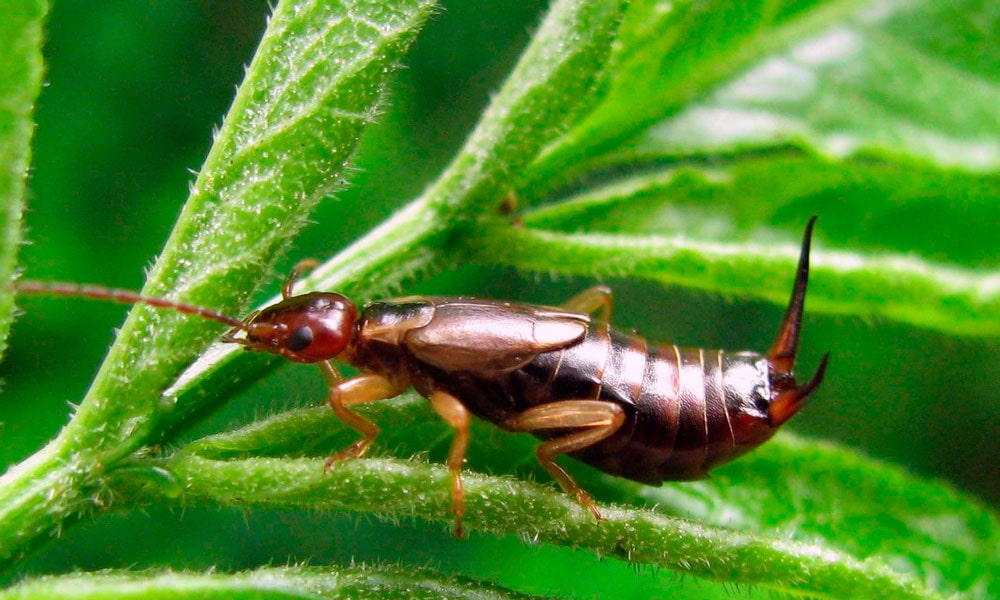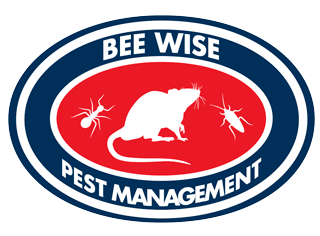Stinging Insect Control

Preventive Pest Control helps protect your family and pets from all types of stinging insects by helping you build a pest barrier around your property.
Hornets are one of the most largest, difficult and dangerous wasps to control. Their nests look like inverted tear-drops and contain thousands of aggressive hornets. Hornets, like yellow jackets, can mobilize their entire nest to attack. Avoid killing a hornet near its nest – the distress signal could trigger the remaining hornets. Perfume, or other chemicals that might be confused with pheromones, can also trigger a group attack. A hornet sting is painful and its toxicity varies according to species.
Size: 5/8 to 3/4 inches in length.
Color: Mostly black with a white pattern on most of the face.
- Baldfaced hornets are large insects that build spherical (egg-shaped) gray paper nests. These large nests may be found either close to the ground or very high in trees, overhangs, sheds, etc. The nests are used for one year and then abandoned.
- Bald faced hornets feed on other insects and flower nectar.
- Baldfaced hornets are active in the daytime and spend the evenings in their nests.
- Baldfaced hornets are stinging insects. If the nest is located near a structure or close to the ground they may pose a hazard to anyone who accidentally or intentionally disturbs the nest. They will sting aggressively when disturbed.

Yellow Jackets
With a potent sting and aggressive nature, yellow jackets can be a formidable foe. Mowing the lawn, doing home improvement projects, or even walking by a nest can incite an attack by one or more yellow jackets who mobilize to protect their home. Home Paramount has the tools and experience to take back the yard for you – contact us today to handle your yellow jacket problem. In some species, a chemical alarm is released upon stinging that causes the other yellow jackets to join the attack. Unlike bees, yellow jackets do not lose their sting after an attack and can therefore sting repeatedly. Multiple stings can be inflicted by a swarm of yellow jackets in a very short time. Size: 3/8 to 5/8 inch Color: Yellow and blackYellow jackets are mid-sized wasps with yellow and black abdomens. The abdomen does not taper at the waist, but is broad.
Some yellow jackets are predators, hunting caterpillars, flies and other insects. Others species are scavengers, preferring to feed on garbage and carcasses.
Yellow jackets will construct their papery nest in the ground, or in structural voids, attics and crawlspaces.
Yellow jackets may be aggressive when disturbed and can deliver a painful sting.

Carpenter Bees
- Resemble bumblebees, but the top of the carpenter bee’s abdomen is hairless, often shiny, black, and has no yellow stripe.
- Are about one inch in length.
- Bore into dried, seasoned and untreated wood surfaces, preferring softwoods such as cedar, redwood, cypress, pine and fir.
- Males are noted for aggressive behavior and a white spot on their face. They are harmless, however, and do not possess stingers; females have stingers but are generally docile.
- Nest in nail holes, exposed saw cuts and unpainted wood.
- Leave sawdust piles near perfectly round tunnels in wood; often these sawdust piles are accompanied by defecation stains.
- Usually emerge from the nest in spring.
- Are commonly found in porch and shed ceilings, railings, overhead trim, wooden porch furniture, dead tree limbs, fence posts, wooden shingles, wooden siding, window sills and wooden doors; prefer wood that is at least two inches thick
